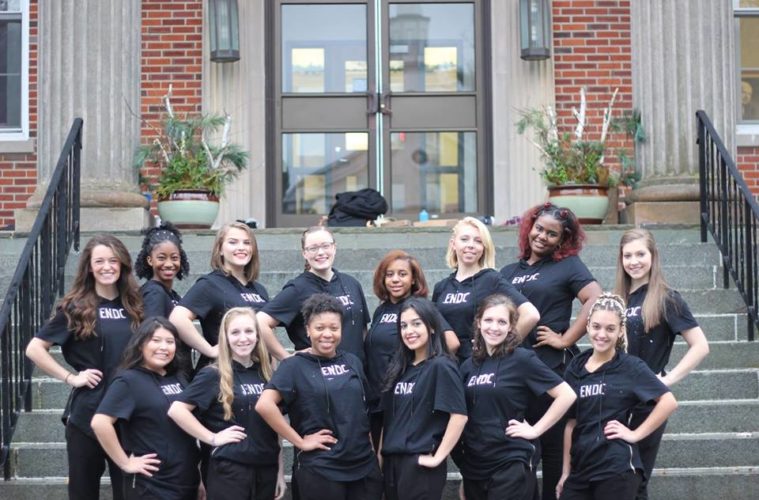Historically, those who belong to the Nazarene Church have not been allowed to dance.
Eastern Nazarene College’s handbook has a section dedicated to dancing and it states that all student dances must be proposed at least six weeks in advance, and SDO has to approve the song list and lyrics. This complements the school’s entertainment philosophy, which follows the Church of the Nazarene’s Manual. This manual is a code of conduct for members of the Nazarene denomination.
Eastern’s handbook directly quotes the Church Manual by saying, “students should work to uphold the mission of the college and seek to ‘commit to God by avoiding evil of every kind, including music, literature, and entertainments that dishonor God.’”
This entertainment policy did not include a dancing portion before 2013, when Executive SGA President Ryan Piesco pushed through a policy clarifying the school’s stance on dancing, allowing dancing at events upon acceptance of an approved proposal. This opened the door for Eastern’s first-ever school dance in early 2014, and later, a spirit team.
Kadie Stade, who belongs to the Church of the Nazarene, started the Eastern Nazarene Dance Company. She first brought the idea to SGA before her sophomore year and was very clear about her intentions for the team.
She was referred to Brad Zarges, the current athletic director. They had many meetings, but they ended up successfully reaching her goal. Stade claims that even though it was a process to get the team established, there was surprisingly no struggle for it to be dance-related.
She gives a lot of credit to Zarges; it was his first year as athletic director. As such, he was very open to the idea of the dance team because it had never been done. “Shout out to Brad Zarges!” Stade laughed.
The Church of the Nazarene Manual (’13-’17) section 29.4 prohibits “all forms of dancing that detract from spiritual growth and break down proper moral inhibitions and reserve.” Stade guides the team to perform moves in a skillful way, rather than in a more provocative fashion. She views dance as a way of worship and uses her talents to give back to the Lord. She leads the team in prayer before every performance.
Stade believes our dance team is on the modest side compared to others in terms of moves, music, and dress. Despite the precautions she takes, on a few occasions, Stade has been met with some push back. She has been approached by SGA members gently reminding her that what she’s doing is against the handbook.
The Church Manual provides Biblical reasoning as to why they prohibit dancing, but none of them explicitly reference dancing. Matthew 22:36-39 is referenced, which details: Love the Lord first and your neighbor second. The Manual also references Colossians 3:1-17, verses that outline how believers are dead to their sin and made alive in Christ, no longer having to subscribe to worldly practices. Stade rebuts with Ecclesiastes 3:4 which says there is “a time to weep, and a time to laugh; a time to mourn, and a time to dance.”
While the Church of the Nazarene and Eastern Nazarene both have clauses that state their policy on dancing, the actual stance is murky. Dancing that could detract from spiritual growth is left up to argument and never explicitly outlined in the Church of the Nazarene’s Manual. Luckily for Stade, Eastern’s handbook has brought more clarity on the matter by recently allowing dancing; this allows her to use her talents to glorify God.

